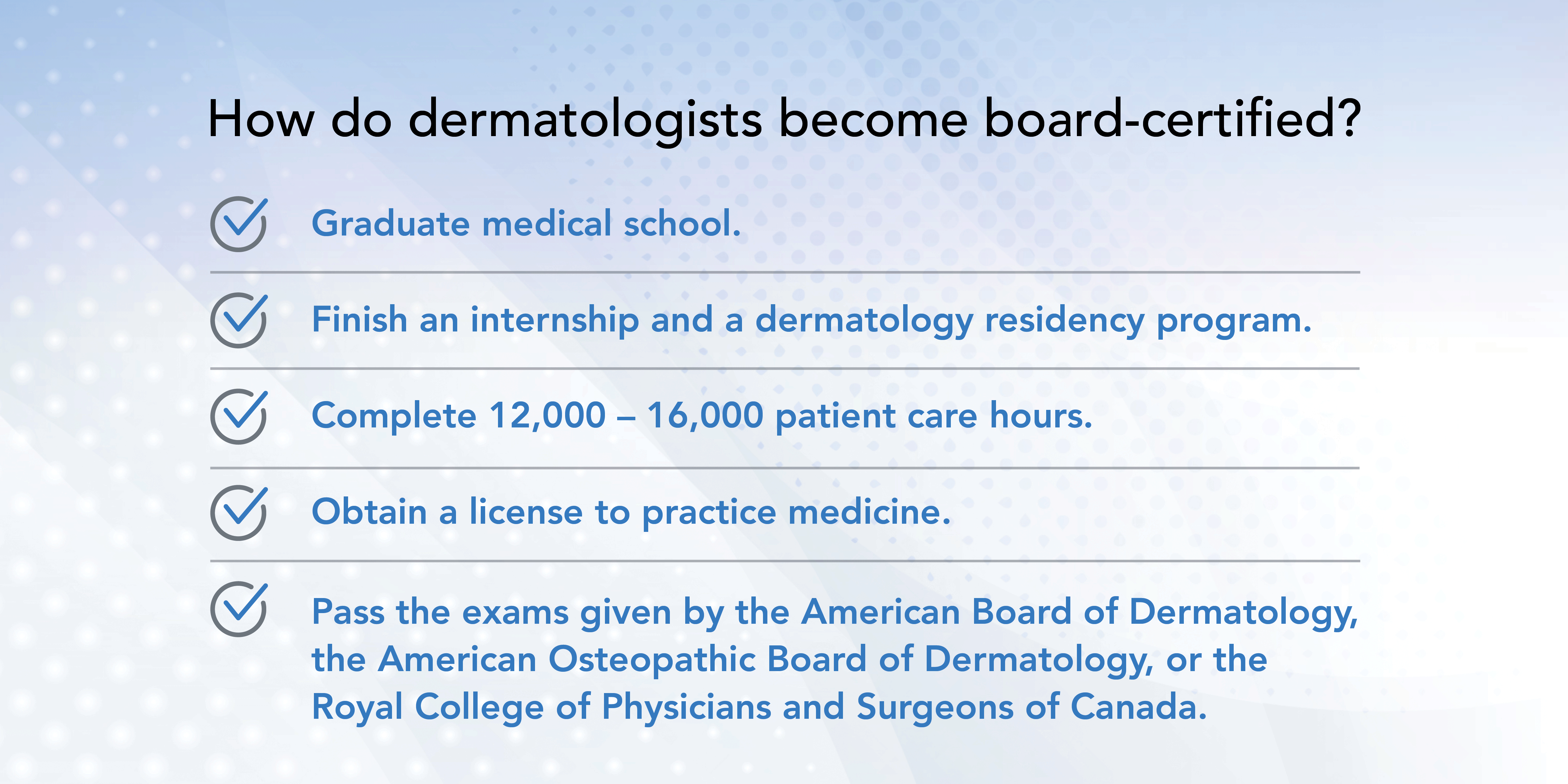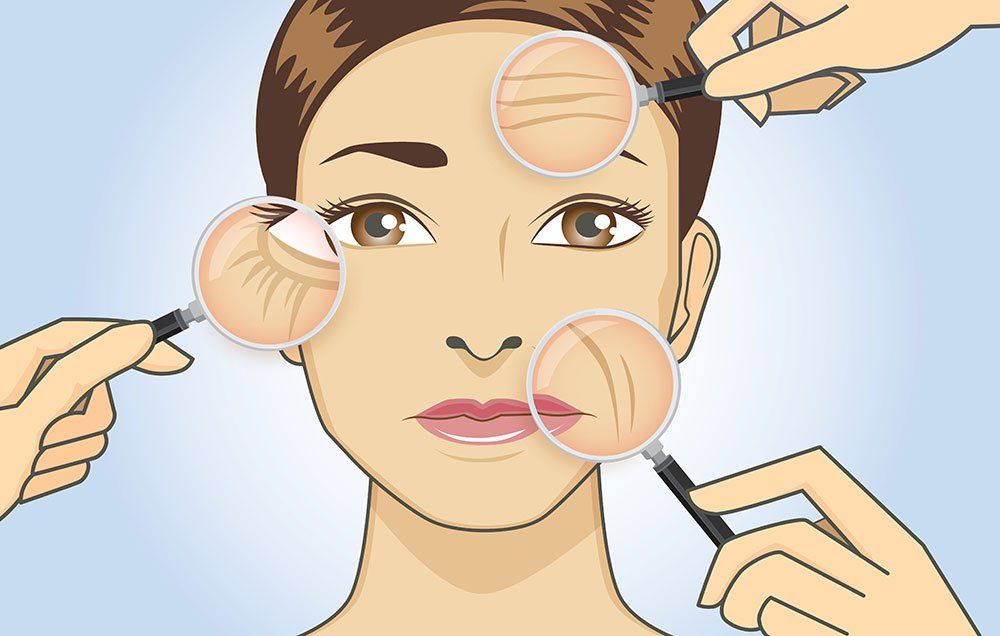Treat your skin to a professional chemical peel for smoother, glowing skin.
Treat your skin to a professional chemical peel for smoother, glowing skin.
Blog Article
Navigating Skin Cancer Cells Therapy: The Crucial Role of Mohs in Modern Dermatology Practices
Skin cancer, an overwhelming diagnosis, commonly leaves patients grappling with various therapy options. Among these, Mohs surgery stands as a beacon in contemporary dermatology, renowned for its thorough technique to cancer removal and conservation of surrounding healthy and balanced tissue. This ingenious technique guarantees not just premium cosmetic results yet likewise uses prompt outcomes, alleviating patient anxiousness. As we discover the ins and outs of this treatment, one will certainly value its pivotal role in skin cancer cells treatment.
Understanding Skin Cancer: Types and Risks
There are 3 main types of skin cancer cells: Basal cell cancer, Squamous cell carcinoma, and Melanoma. It accounts for just concerning 1% of skin cancer cells instances yet creates the substantial bulk of skin cancer cells fatalities. Threat aspects include reasonable skin, background of sunburn, excessive sun exposure, living at high elevations or shut to the equator, having numerous moles, a household background of skin cancer, and weakened immune system.
What Is Mohs Surgical treatment and How It's Reinventing Skin Cancer Treatment
Regardless of the many treatments currently offered for skin cancer, Mohs surgical treatment sticks out as a groundbreaking and very efficient solution. Called after Frederic E. Mohs, the doctor that developed the procedure, Mohs surgical procedure is a precise medical method used to treat skin cancer. Throughout the procedure, thin layers of cancer-containing skin are considerably gotten rid of and examined till just cancer-free tissue remains. This method enables the cosmetic surgeon to validate that all cancer cells have actually been removed at the time of surgical procedure. This level of accuracy, incorporated with the ability to save as much healthy tissue as possible, is changing skin cancer therapy. Consequently, Mohs surgery has actually ended up being a cornerstone of contemporary dermatology practices.
The Benefits of Mohs Surgical Procedure Over Traditional Skin Cancer Cells Therapies
Building on the cutting-edge nature of Mohs surgical procedure, it's essential to consider its many advantages over conventional skin cancer treatments. Unlike standard procedures, Mohs offers a higher remedy price, usually reaching 99% for newbie treatments and 94% for recurring cancers. This accuracy is because of its special strategy of considerably removing and examining cells layers until just cancer-free cells remain (dermatologist). Additionally, it minimizes damage hop over to these guys to healthy skin, resulting in less scarring and enhanced cosmetic end results. Mohs also offers instant results, eliminating the anxiety-ridden delay typical with other methods. Lastly, it's affordable, as the surgical treatment and microscopic examination occur concurrently, eliminating the requirement for extra lab services. Hence, Mohs stands for a substantial innovation in skin-related techniques.
The Procedure of Mohs Surgical Procedure: What to Anticipate Throughout the Process

Potential Adverse Effects and Post-Operative Treatment of Mohs Surgical Procedure
Undergoing Mohs surgical treatment, like any kind of other procedure, entails possible review side impacts that people must recognize. Typical adverse effects consist of discomfort, wounding, and swelling at the surgery site. These are usually short-lived and workable with over-the-counter discomfort medicine and ice packs. In uncommon cases, clients might experience infection, blood loss, or a sensitive response to the regional anesthetic. Post-operative treatment is essential to recovery and decreasing adverse effects. This generally involves keeping the injury tidy and completely dry, taking prescribed medications, and avoiding laborious activities. Individuals should additionally attend all follow-up consultations for wound care and surveillance. Sometimes, additional treatments might be essential to make certain full elimination of the cancerous cells. Following these post-operative care standards can significantly boost recovery and outcomes.
Conclusion

Report this page